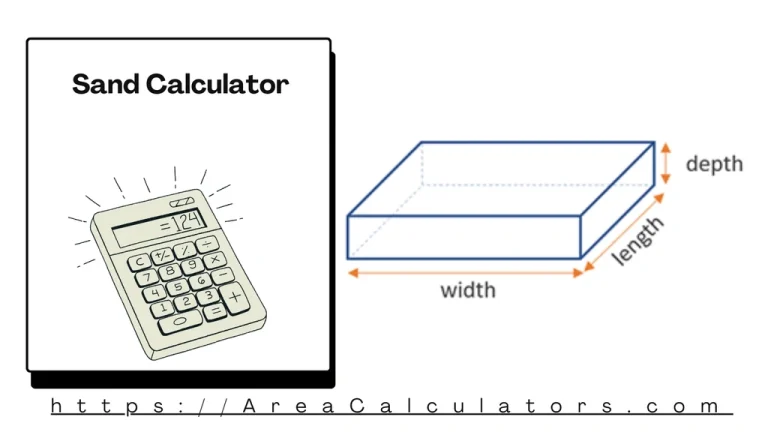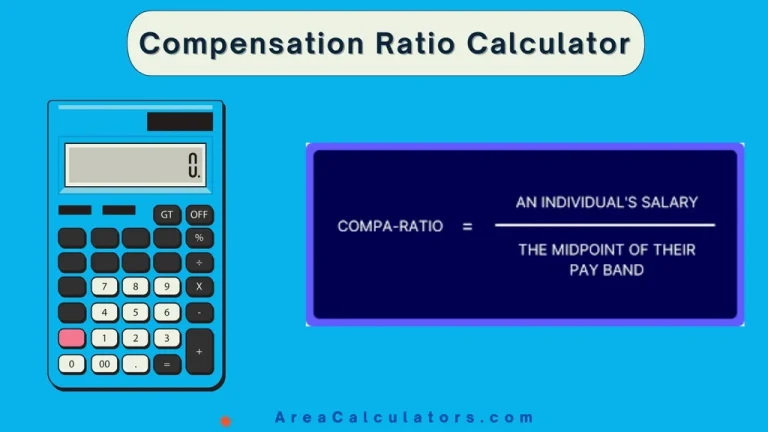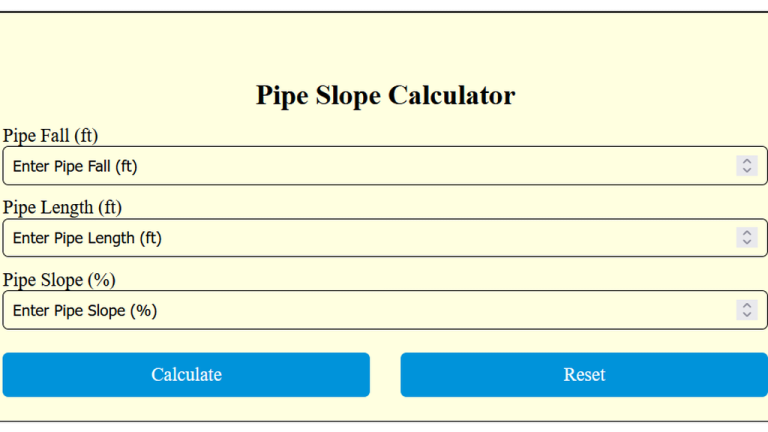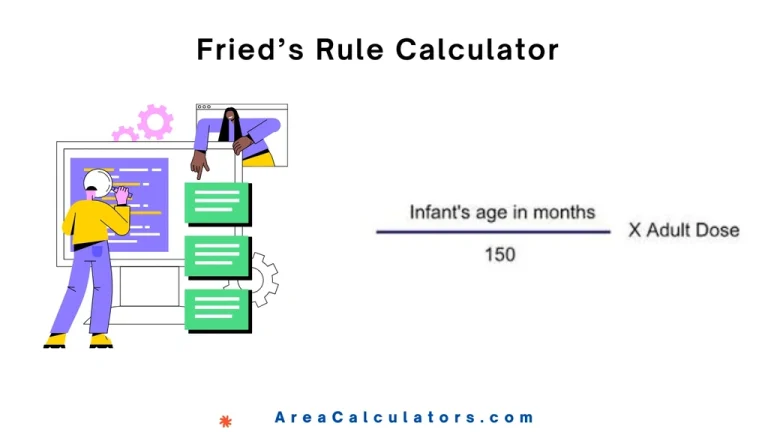Cavitation Index Calculator
Enter the values to use our Basic and advanced Cavitation Index calculator for accurate and efficient calculation. Furthermore, read the formula and solved examples for better understanding of how it works.
Formula:
The formula is:
Variables
| Variable | Meaning |
|---|---|
| CI | Cavitation Index (a measure of the likelihood of cavitation) |
| P | Local pressure (pressure at a specific point in the fluid) |
| Vapor pressure of the fluid | |
| Density of the fluid | |
| V | Flow velocity of the fluid |
How to Calculate ?
Firstly, determine the local pressure (P) in the fluid system. Secondly, identify the vapor pressure () of the fluid at the given temperature. Thirdly, measure the density () of the fluid. Fourthly, determine the flow velocity (V) of the fluid. Finally, subtract the vapor pressure from the local pressure, divide the result by to calculate the Cavitation Index (CI).
Solved Examples:
Example 1:
Given:
- Local Pressure () = 500 kPa
- Vapor Pressure () = 3 kPa
- Fluid Density () = 1000 kg/m³
- Flow Velocity (V) = 10 m/s
| Calculation | Instructions |
|---|---|
| Step 1: CI = | Start with the formula. |
| Step 2: CI = | Replace P with 500 kPa, with 3 kPa, with 1000 kg/m³, and V with 10 m/s. |
| Step 3: CI = | Subtract the vapor pressure from the local pressure. |
| Step 4: CI = | Multiply get 50000. |
| Step 5: CI = 0.00994 | Divide 497 by 50000 to get the Cavitation Index. |
Answer:
The Cavitation Index is 0.00994.
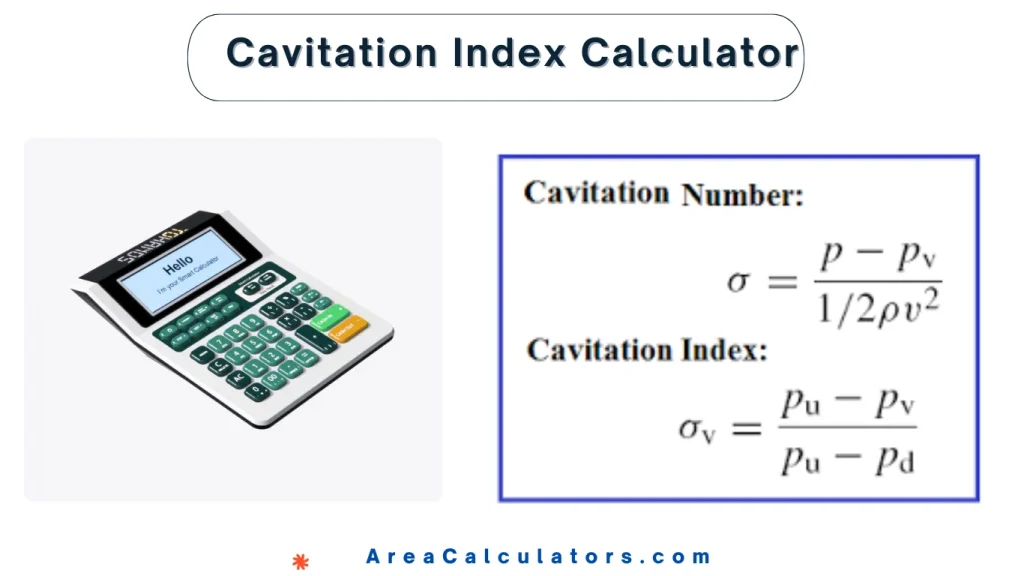
Example 2:
Given:
- Local Pressure () = 800 kPa
- Vapor Pressure () = 5 kPa
- Fluid Density () = 950 kg/m³
- Flow Velocity (V) = 15 m/s
| Calculation | Instructions |
|---|---|
| Step 1: CI = | Start with the formula. |
| Step 2: CI = | Replace P with 800 kPa, with 5 kPa, with 950 kg/m³, and V with 15 m/s. |
| Step 3: CI = | Subtract the vapor pressure from the local pressure. |
| Step 4: CI = | Multiply to get 106875. |
| Step 5: CI = 0.00744 | Divide 795 by 106875 to get the Cavitation Index. |
Answer:
The Cavitation Index is 0.00744.
What is the Cavitation Index Calculator?
The Cavitation Index Calculator helps in assessing the possibility of cavitation that occur in a fluid system. Cavitation is a phenomenon where vapor bubbles form in a fluid due to low pressure and then collapse, potentially causing damage to equipment like pumps, propellers, and turbines.
It is calculated using the formula , where P is the local pressure, is the vapor pressure, is the fluid density, and V is the flow velocity. A lower Cavitation Index indicates a higher risk of cavitation.
Final Words:
An accurate cavitation index is indeed crucial for engineers in a way to help them design efficient systems that are able to minimize the risk of cavitation. In that way, it ensures the longevity and efficient functionality of fluid handling tools.


